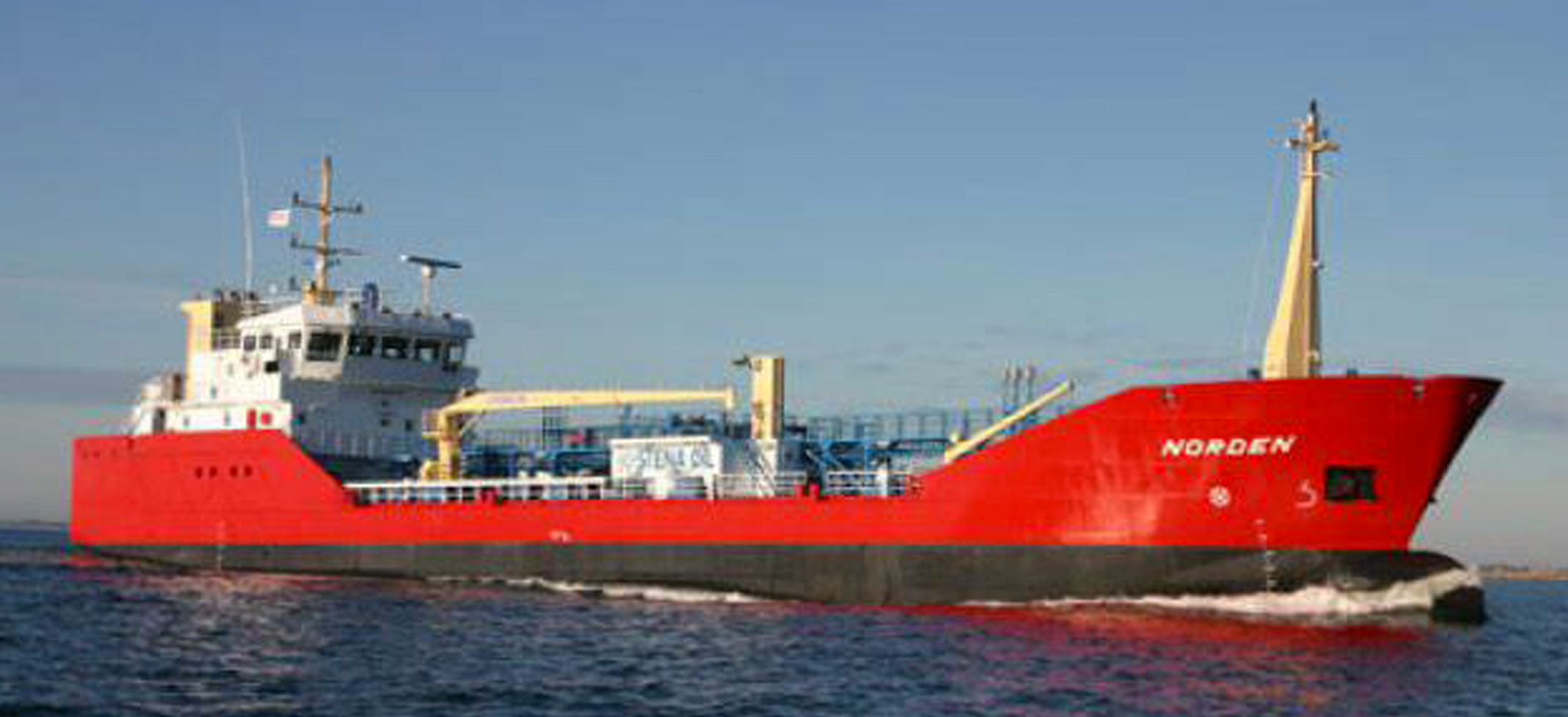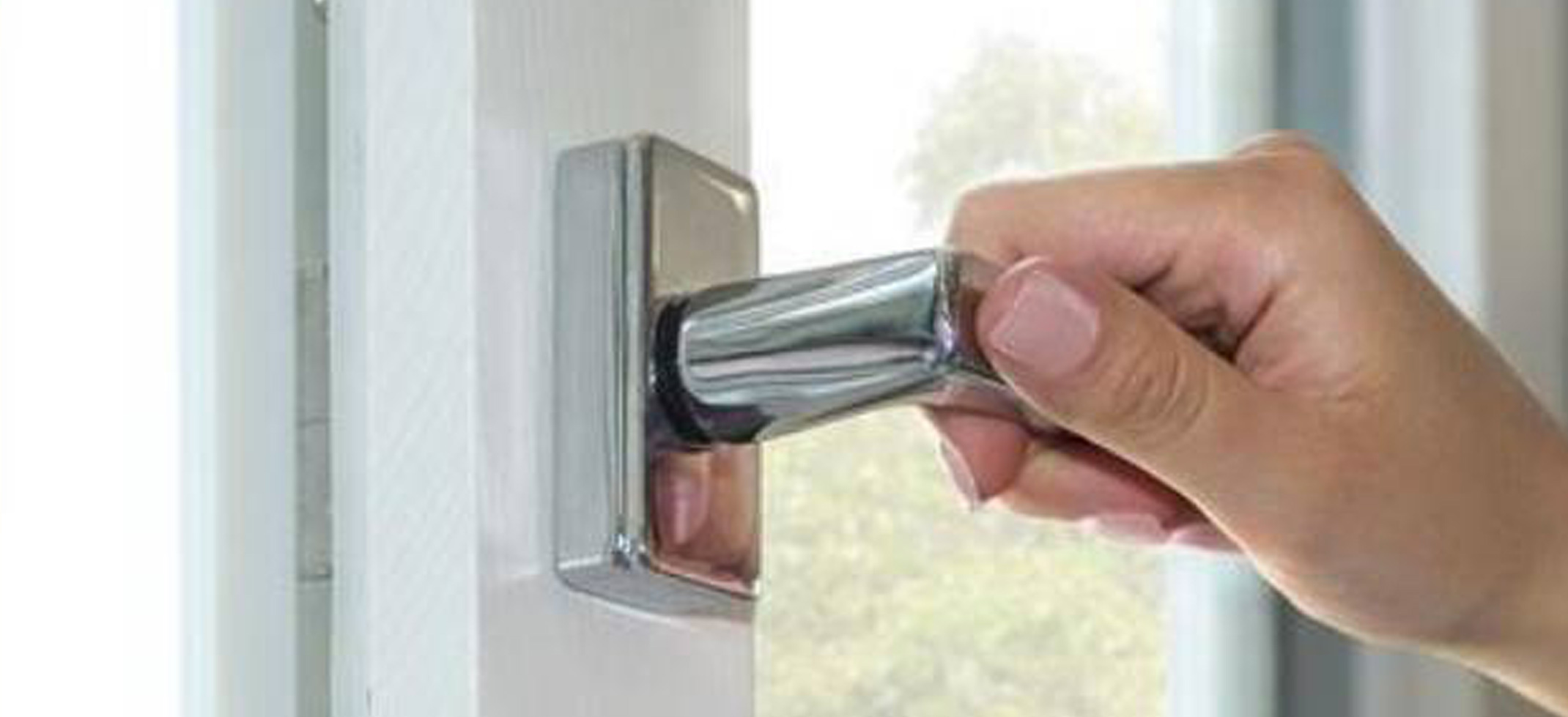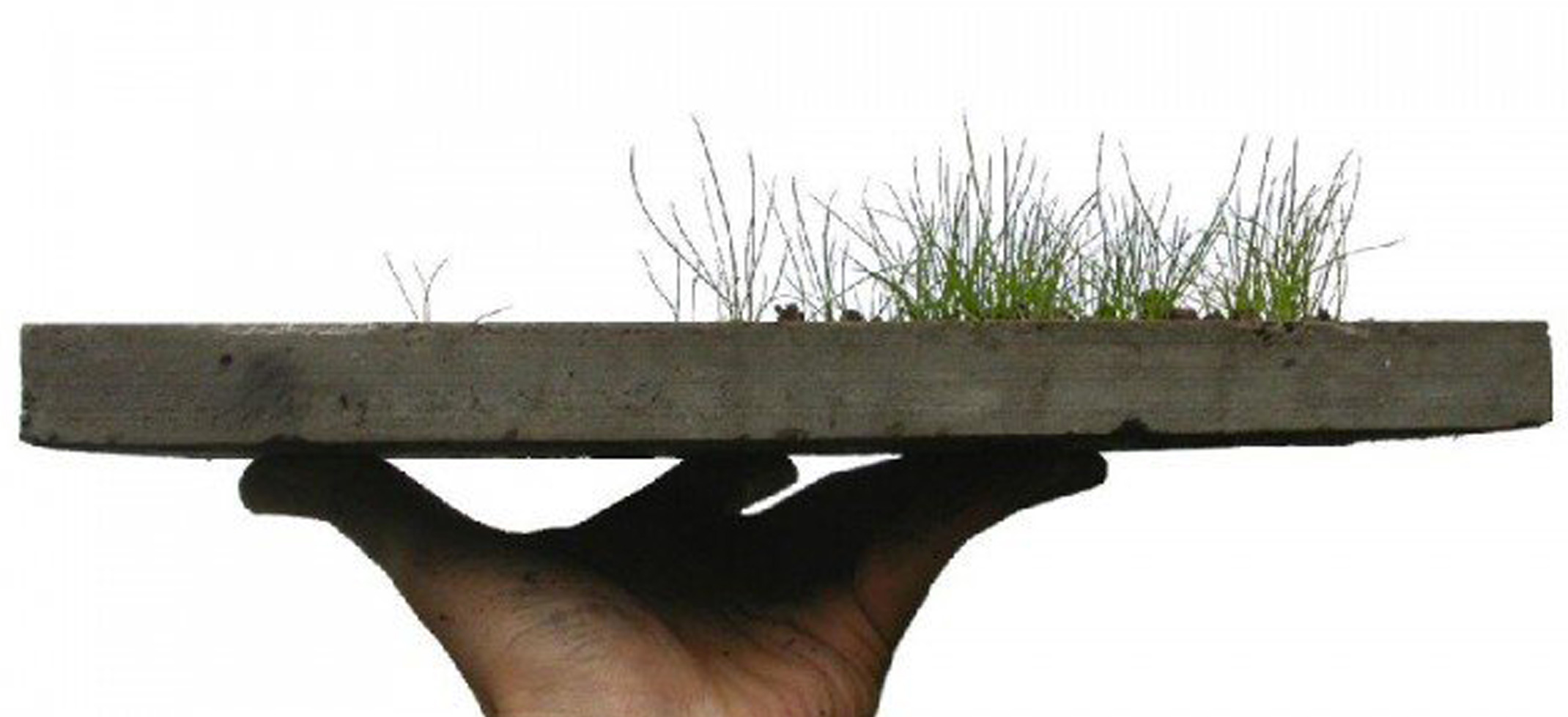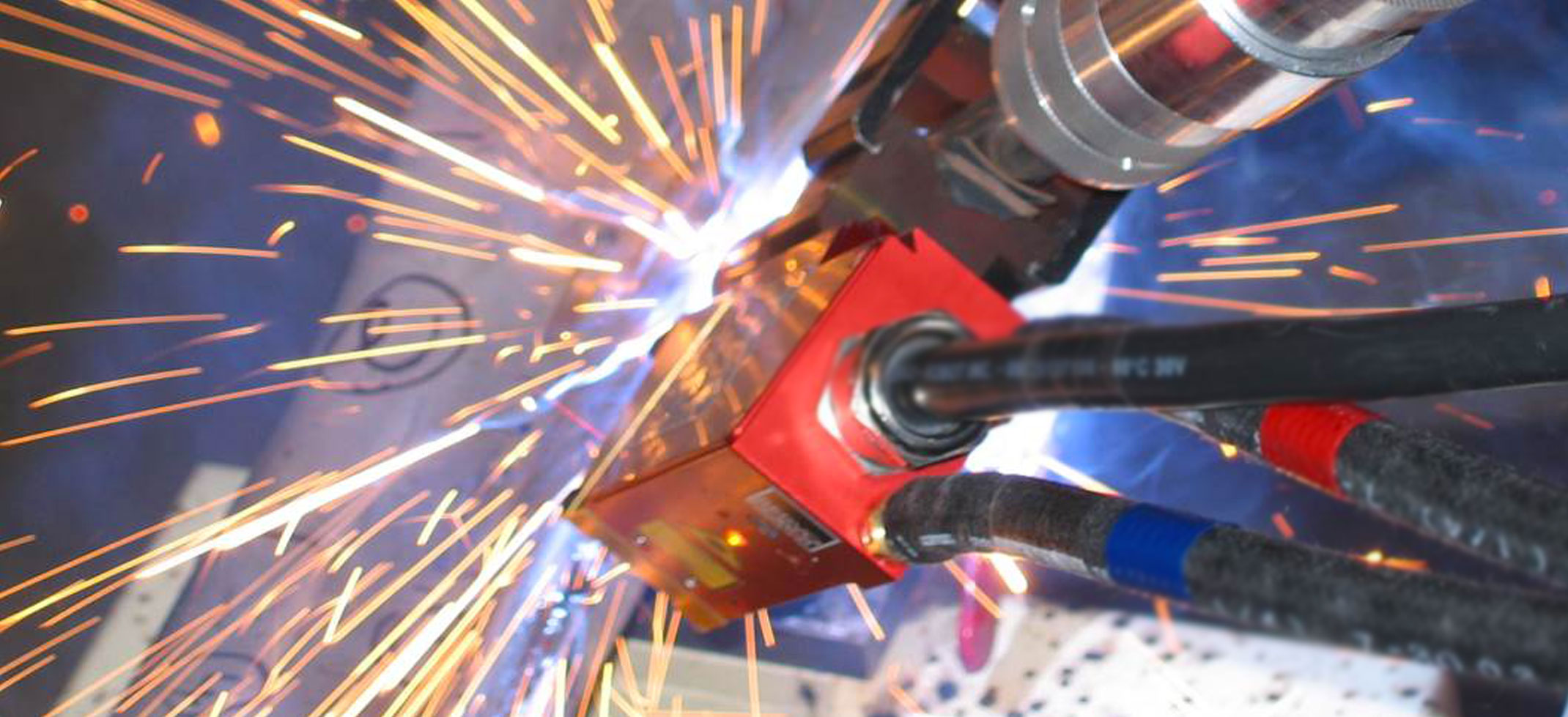Dredging in ports: a challenge for the environment
Last February was held the event ‘The dredging in ports: a challenge for the environment’ organized by the Tuscany Region to present […]

Last February was held the event ‘The dredging in ports: a challenge for the environment’ organized by the Tuscany Region to present […]

Following the conclusion of the EU-funded INGOS project, formed of research institutions from fourteen participating countries, scientists have been able […]

The positive results achieved through the EU-funded SNRPBBEARING project will now facilitate the development and testing of rapidly rotating turbofan […]

The ADAM4EVE project has identified more than 20 innovative results that will pave the way for the development of new, […]

The Advanced Coatings for Offshore Renewable Energy (ACORN) project has developed a new protective coating that will extend the lifetime […]

Lightweight components offer the aerospace and automotive industries the means to reduce energy consumption and emissions through the development of lighter vehicles, and provide other industrial sectors with flexible materials to develop new innovative tools. Manufacturing such high quality lightweight components however has consistently been a challenge; vibration and pressure during the milling process often means that manual labour is required to finish off production, thus ramping up costs. The DYNAMILL project, completed in October 2015, therefore sought to develop a cost effective and safe means of mass producing lightweight thin-walled parts ideal for sectors with good market growth potential such as transport, power generation and medical technology. The end result of the three year project is a new technology platform that offers complete process planning, new adaptive clamping devices and improved cutting conditions. Process control is focused on high damping and low excitation of work piece vibrations, while planning is strongly supported by cutting edge software tools, including models for dynamic simulations of oscillation as well as computer-aided manufacturing. Novel systems in the process include magnetic clamping, and a clamping device for manufacturing large turbines. Complex thin-walled structures have been combined with high strength materials, perfect for industries with very high safety and quality requirements such as aviation. More information: http://www.heatexchanging.com

Compared to predecessor technologies, triple glazed windows have greatly improved energy efficiency. The LAWIN (Large-Area Fluidic Windows) project aims to […]

Straw, clay, wheat, grasses or other organic materials, when mixed with innovative binders, can offer lower embodied energy and improved […]

Some 195 nations agreed on a climate deal at COP21. Together they will attempt to limit the global temperature rise […]

Using the TIG (Tungsten Inert Gas) technique, in AC current, the welding takes place by means of an electric arc which strikes […]